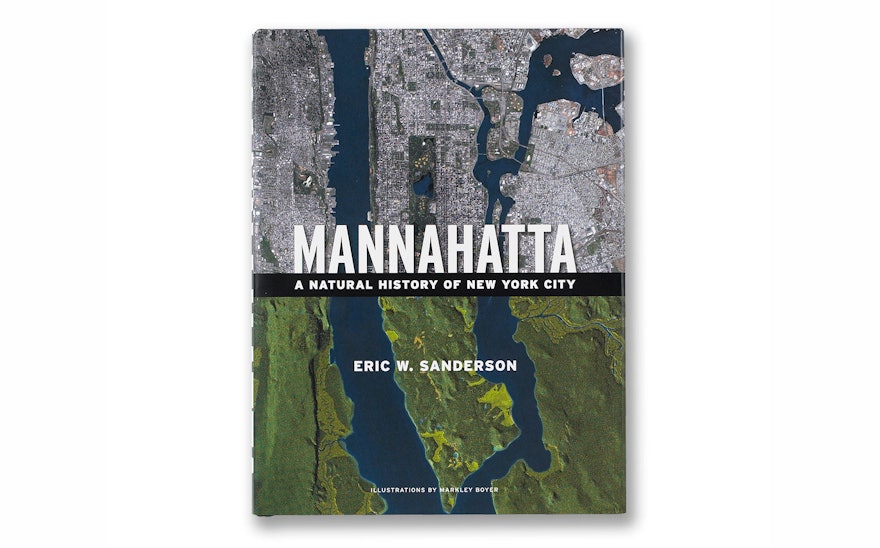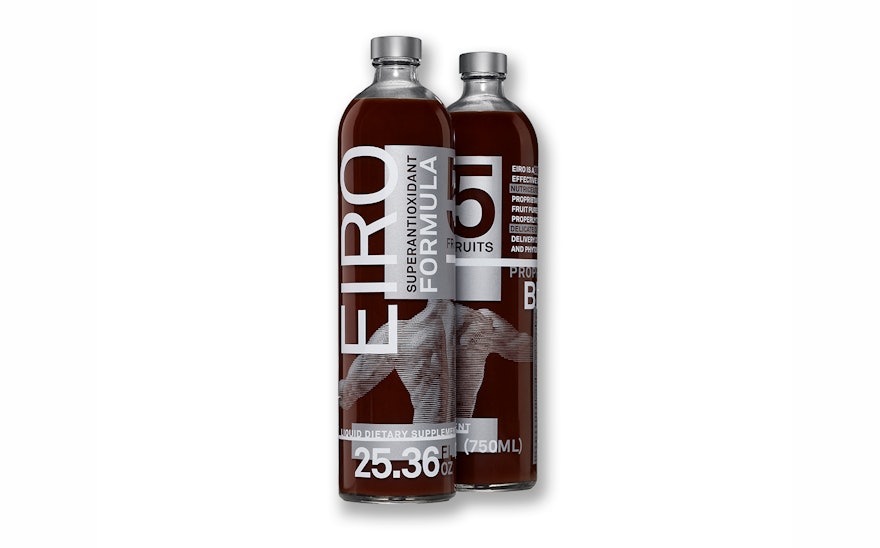The modern, manmade landmarks of New York are so familiar it is hard to imagine that before the city was an “asphalt jungle” it was a quiet wooded island called Mannahatta, or “Island of Many Hills,” by the Lenape Indians. In his new book Mannahatta: A Natural History of New York City, ecologist Eric W. Sanderson of the Wildlife Conservation Society considers what Manhattan was like a short 400 years ago, before the first settlers arrived. The design for the book helps make this serious scientific history accessible and emphasizes the startling contrast between the metropolis of today with the Manhattan Island of 1609.
The release of Mannahatta is timed to the 400th anniversary of the arrival of Henry Hudson in New York Harbor, and the book will be accompanied by the exhibition Mannahatta/Manhattan: A Natural History of New York City, also designed by Pentagram.
The designers worked closely with Sanderson over the past year and a half on the design and development of the book and exhibition. Both document The Mannahatta Project, Sanderson’s decade-long research of Manhattan’s ecological history.
Mannahatta the book is serious science but is as readable as any historical blockbuster (an excerpt from the book can be read here). The design for the book straddles the line between academic text and illustrated history, using a readerly format that makes the content engaging for a mainstream audience. During their research, Sanderson and his colleagues reconstructed the island at the scale of a city block using the latest techniques in computational geography, and the book contains stunning visualizations of pre-settlement Manhattan by Markley Boyer. In Miller’s design, these are presented in dramatic side-by-side comparisons with contemporary aerial shots of New York City.
The book includes appendices of natural features of the island and the flora and fauna that were likely to exist in Manhattan. Sanderson reconstructed the historical species list for Manhattan and the design includes illustrations of birds like the heath hen and passenger pigeon.

